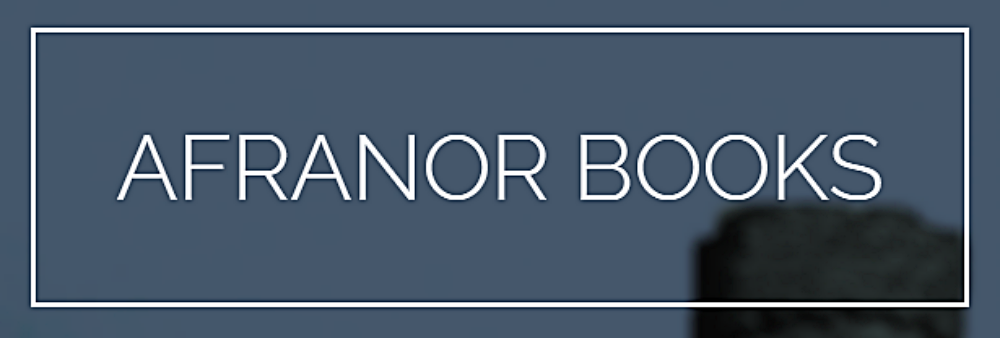When I had taken all the obvious pictures, I just started pointing the camera around the beach zooming in on things that might be interesting. I was zooming in on a palm tree when I realized that there was someone sitting against it. I zoomed in closer. And I actually gasped. It was a girl. But not just any girl, but the most beautiful girl I had ever seen in my whole life.I have always wondered what it would be like to meet one of my novels’ characters in real life. You know, like in some fantasy meta scenario in a movie written by Charlie Kaufman. Of course, things like that don’t happen in real life, but I had the next best thing happen last week. I came across a photograph of one of my characters.
—Maximilian and Carlotta Are Dead, chapter 6 (“Meeting Mary Loneliness”)
I was going through a box of old papers and documents that had been in our garage since we moved here 22 years ago. It was stuff that got thrown into boxes after leaving various jobs over the years in the Seattle area. Suddenly my eyes got hit by a blast from the past. It was a page from a calendar, specifically February 1985, consisting mostly of a photograph. It was a freebie from a vendor in the suburb Tukwila, and it came with a lot of info on the back, including lots of details about the photographer/designer as well as the customer graphic coordinator. It was printed on a four-color Heidelberg GTOVP52 printing press, and the paper was 80-pound Eloquence cover. It was the fourteenth “in a continuing series of designer calendars.” It even gives the name of the model in the photograph and where it was shot: Puerto Vallarta, Mexico.
What prompted me to hold onto it? Well, look at it. I think I was in love. I could say I was in love with the idea of a beach in Jalisco, of the sand, the tropical trees, the soft warm light, the margaritas that were probably being mixed just out of frame, but why bother? You’ve already judged me.
Long after I had forgotten that this artifact was in my distracted possession, the image endured in my mind. When I knew that I was going to write about an 18-year-old kid from California meeting a young woman on a beach in Sonora and taking her photo, I knew that this was the photo he would be shooting. It was as though my novel Maximilian and Carlotta Are Dead were a true story that occurred in a parallel universe and Dallas Green’s photo of María Soledad Carvajal somehow traveled through time and space to land in my Seattle place of employment in 1985.
Maybe I held onto it for the same reasons that, in that parallel universe, Dallas held on to it.
And then there were the pictures of Marisol. Photo after photo showed her leaning back against that palm tree on that beach, throwing her head back, laughing at me and smiling that smile that made me fall in love with her. But now I was seeing something I hadn’t seen before. Something like a trace of sadness underneath the laughter. I had seemed to strike a chord when, in my ignorance, I translated her name as Mary Loneliness. Just when I had started to think that the whole business with her had been some sort of temporary insanity, here she was back and making me fall in love with her all over again.Not all of my characters’ physical aspects are so vivid in my mind. When first conceived, they might start out looking like someone I know in my own personal life, but they quickly take on a life of their own and morph into a completely new person with their own distinct appearance. Marisol, though, remained consistent and faithful to that 1985 photo.
—Maximilian and Carlotta Are Dead, chapter 19 (“Partings”)
Only when I finally brought Marisol back in my post-trilogy coda, the short story “Rendezvous,” did she mature and age. Still, it didn’t diminish her beauty. I’m sure of it.
“Marisol?” Valérie’s gaze deepened. “And he met you in Mexico?”
“Yes, in a seaside town called Guaymas.”
After a long pause, Valérie said, “No, he never mentioned you.”
“There is no reason why he should have. It was so long ago…”
“I did see your photo once, though.”
“My photo? How…?”
“I recognize you now. Obviously, you were much younger then, but it was definitely you.”
“He had a photograph of me?”
“Yes. I saw it only briefly. You were on a beach. Leaning against a palm tree. You had a book open on your lap.”
“That’s right. He did take a photograph of me on the beach. And he kept it all those years?”
“Once when we were living in Paris, he left a book on a table. I picked it up to see what he was reading, and the photo fell out. It had been between the pages. He blushed when I teased him about it. I asked him why he was hiding a photo of such a young girl. He did not want to talk about it. I could see it was several years old. The colors had begun to fade. Still, it was a nice photo. It made… an impression on me.”
—“Rendezvous” (short story)




